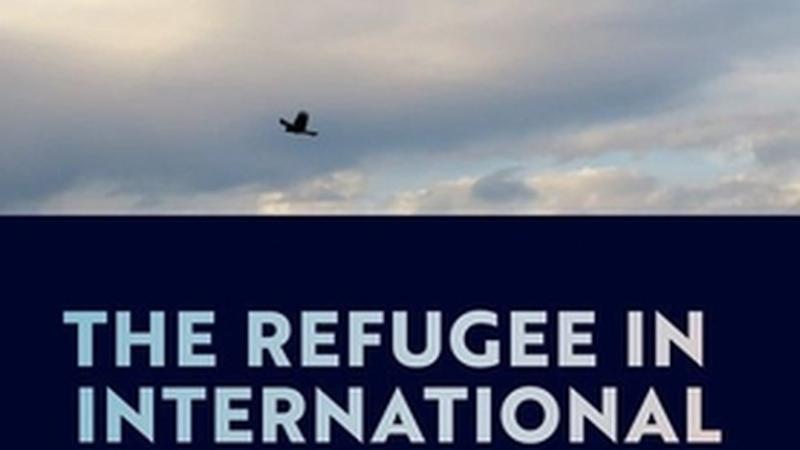
The status of the refugee in international law, and of everyone entitled to protection, has always been precarious, not least in times of heightened and heated debate. People have always moved in search of safety, and they always will. This completely revised and updated edition casts new light on the refugee definition, the meaning of persecution, the role of gender and sexual orientation, the types of harm, and the protection due to refugees. The book reviews the fundamental principle of non-refoulement as a restraint on the conduct of States, even as States themselves seek new ways to prevent refugees and asylum seekers arriving. The book analyses related principles of protection—non-discrimination, due process, rescue at sea, and solutions—in light of what States, UNHCR, and treaty-monitoring bodies actually do, rather than merely deductively. It closely examines relevant treaty standards, and the role of UNHCR in providing protection, contributing to the development of international refugee law, and promoting solutions. New chapters bring into focus evolving protection demands in relation to nationality, statelessness, and displacement in the context of disasters and climate change. The book factors in the challenges posed by the movement of people across land and sea in search of refuge, and their interception, reception, and later treatment. The overall aim remains the same as in previous editions: to provide a sound basis for protection in international law, taking full account of State and community interests and recognizing the need to bridge gaps in the regime which now has 100 years of law and practice behind it.